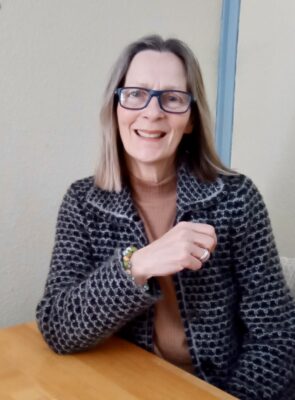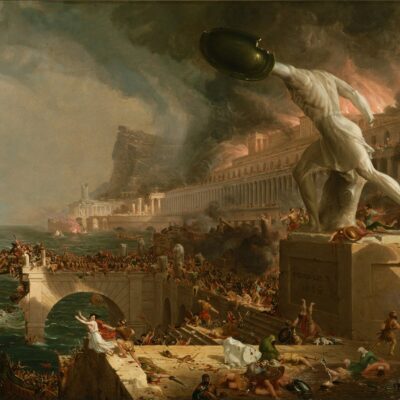About the Artist:
 I’ve been artistic all my life, but I don’t think of myself as an artist. I mainly write spiritual poetry; exploring our shared human condition. I paint small watercolour and ink paintings to accompany them on my website.
I’ve been artistic all my life, but I don’t think of myself as an artist. I mainly write spiritual poetry; exploring our shared human condition. I paint small watercolour and ink paintings to accompany them on my website.
I’ve always written poetry. Mostly it’s a beautiful mystery to me where poems come from; unfolding as they do from somewhere in the ether. When someone experiences a connection with a poem, it all feels of value on a soul level.
Website: etherealview.uk
Instagram: @justmairimclean
Twitter: @JustMairi
Shadow
There is no 
darkness;
only a shadow..
just
the shrouded
reflection
of all
that blocks
the power
of light
to reveal
to heal
to grow.
The Unfolding
Even within 
the awakening
light
or dark night
of the
soul..
each of us
is a part
of the unknowable
whole
the beating heart
of all
that unfolds.
Peace
An olive branch 
a white dove’s
view;
another chance
to renew
a fountain
of love..
above and beyond
all thoughts
of right or wrong
or belonging to.
Towards the Light
Let’s turn 
towards
the light;
can you feel
its expansion
within..
as fear begins
to retreat;
defeated..
and faith
meets
love.




 Walking does great things for your mental health and cardiovascular fitness, but did you know that a good walk can also help you build the muscles in your legs and abs?
Walking does great things for your mental health and cardiovascular fitness, but did you know that a good walk can also help you build the muscles in your legs and abs?